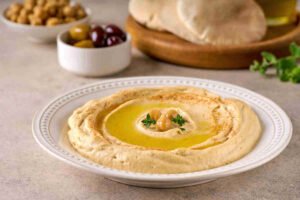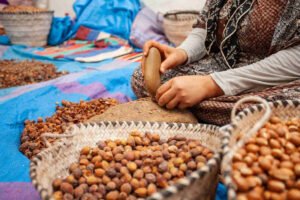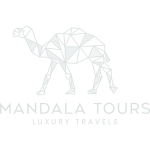For many people, markets bring together the essence of travel. They are spaces to be enjoyed with all the senses: of course, the sight to admire the items, but also the touch of materials such as leather, the smell to delight in spices or soaps, the taste to taste food and the ear to immerse oneself in its bustle. But also, the markets offer a lot of information about each destination: its gastronomic culture, its influences in arts and crafts, etc. That is why visiting a market is a tourist experience. And with Mandala Tours you can discover the best markets of the Muslim world, where these spaces acquire a social and economic importance of the first order.
Istanbul and its bazaars
Few cities, because of their strategic location, have been as important on the trade routes as Istanbul. Straddling Europe and Asia, between East and West, this city was an obligatory stop on the spice and silk route centuries ago. It was under the Ottoman Empire that its main covered markets were built, including the Grand Bazaar, which dates back to the 15th century. It is considered one of the largest in the world, with more than 4,000 stores. Another of great interest is precisely the Spice Bazaar in the Eminönü district, so called because you can buy all kinds of spices.
Khan el Khalili, Cairo
The Khan el-Khalili (or Khan el-Khalili) market is another of the largest and best markets in the Muslim world. The number of stalls is close to one thousand and its creation dates back to the Mamluk period, in the 14th century. In fact, there is still a certain medieval air among its streets, which were declared a World Heritage Site by Unesco, as part of Islamic Cairo. In its stores you can buy interesting Egyptian handicrafts, such as papyrus, djellabas, amulets in the shape of scarabs, perfumes and leather goods.
Morocco and its souks
Morocco is another Muslim country where market life continues in all its splendor. They are found in all cities in the form of souks, i.e., stable markets within the medinas or historic centers. Some are thematic, where specific products are sold, while others are general and you can find everything, but with one thing in common: their products and raw materials are rooted in tradition.
One of the cities where you can delight yourself with different souks is Fez, where you will find the largest historical medina in the country. Walking and strolling through the streets you will come across the souk of henna, brass workers, spices, wax makers, beasts… And of course, the artisans who sell the most famous items of the city: Fez ceramics and cedar woodwork. In addition, outside the medina is the Mellah or Jewish quarter, where you can also find street stalls to sell everyday items.
But in Morocco, weekly markets are also deeply rooted, both in large cities and small towns, and also in the villages of the rural world, such as in the Atlas Mountains or in the desert oases. Two of special interest can be mentioned. The first, that of the Jemaa el-Fna square (declared a World Heritage Site), with removable stalls although, in reality, there is market activity every day. And the second, that of Rissani, a small town at the gates of the dunes of Merzouga, where you can buy handicrafts and gastronomic products such as spices Ras el Hanout, tajines or Berber pizzas.





